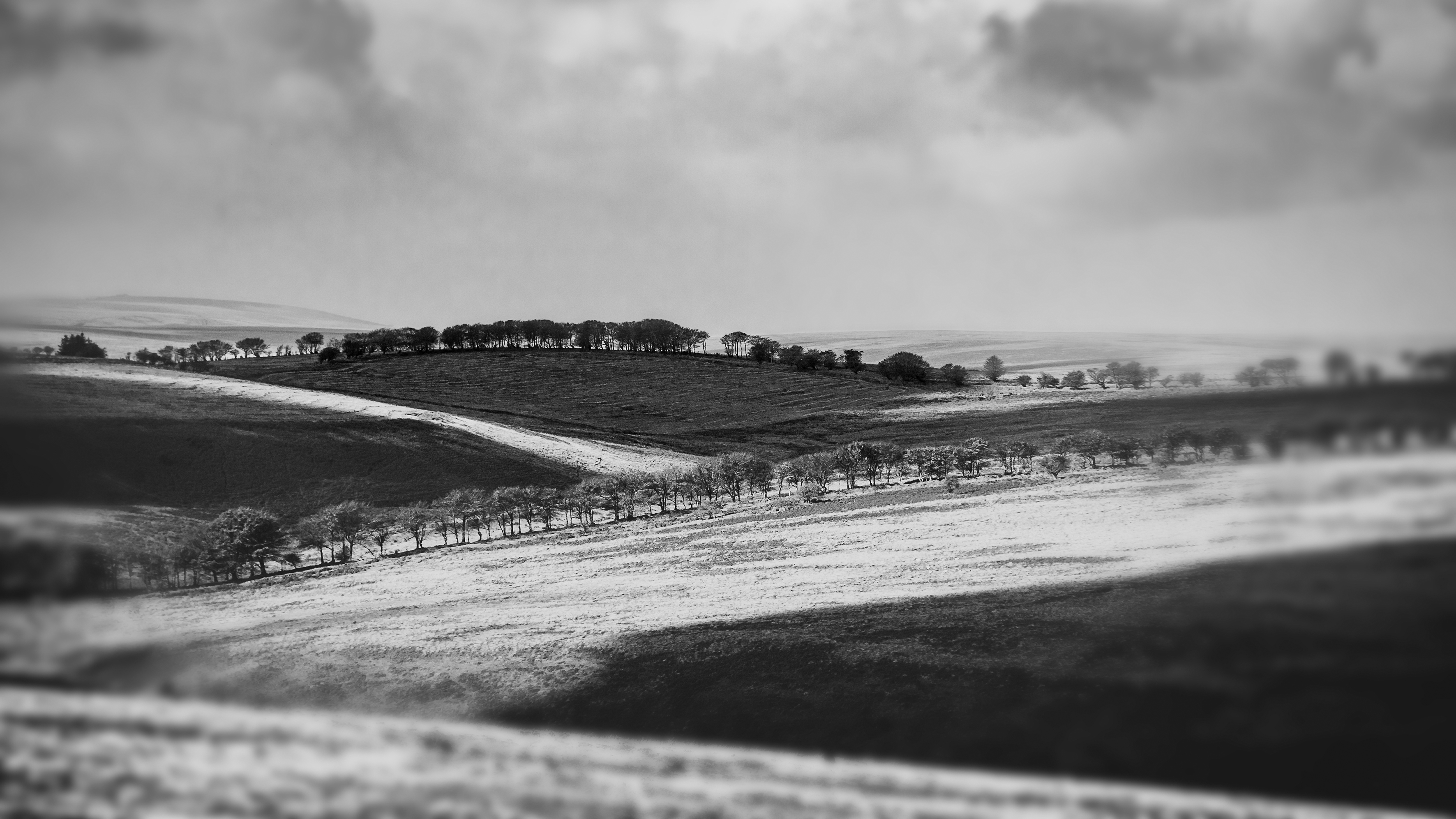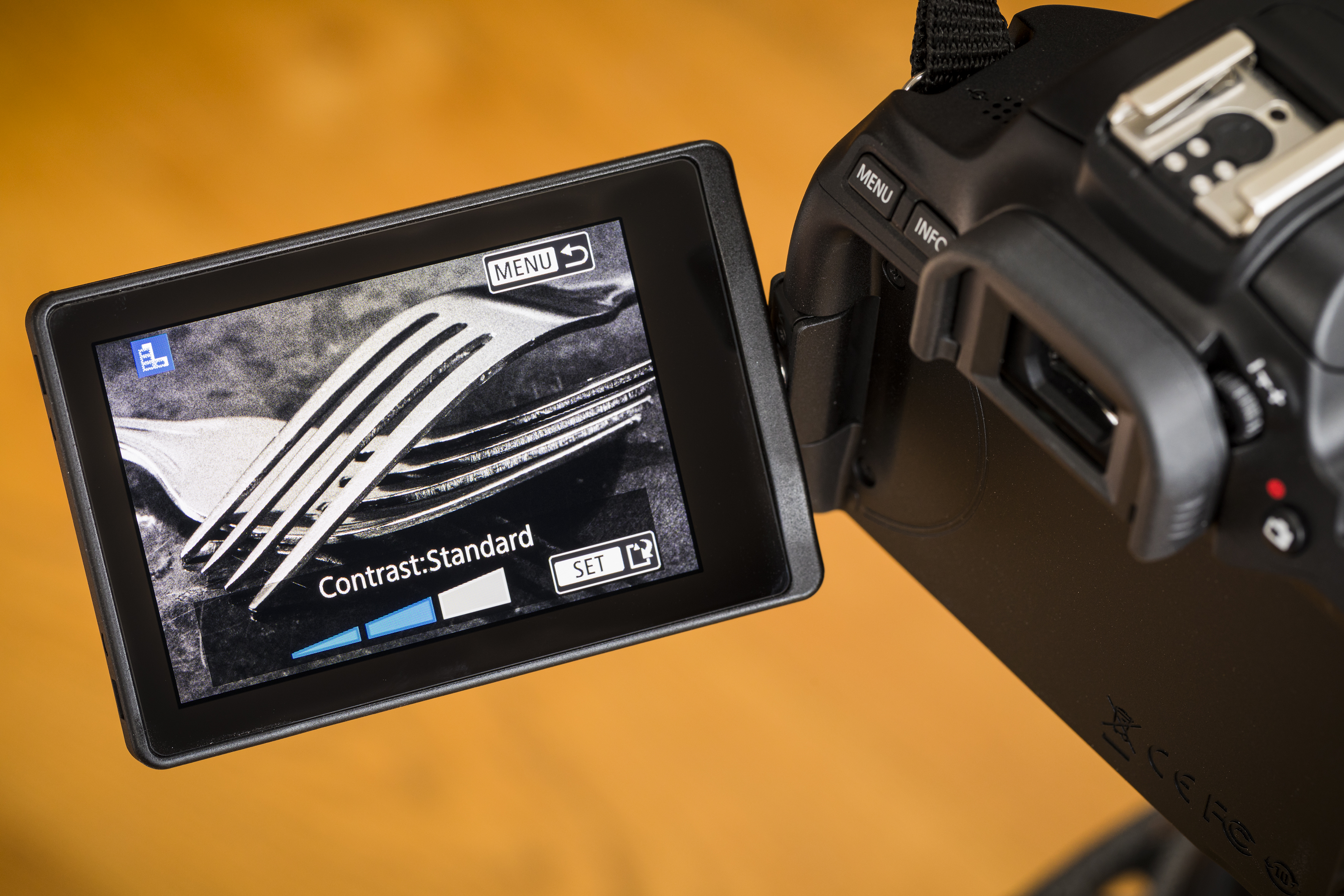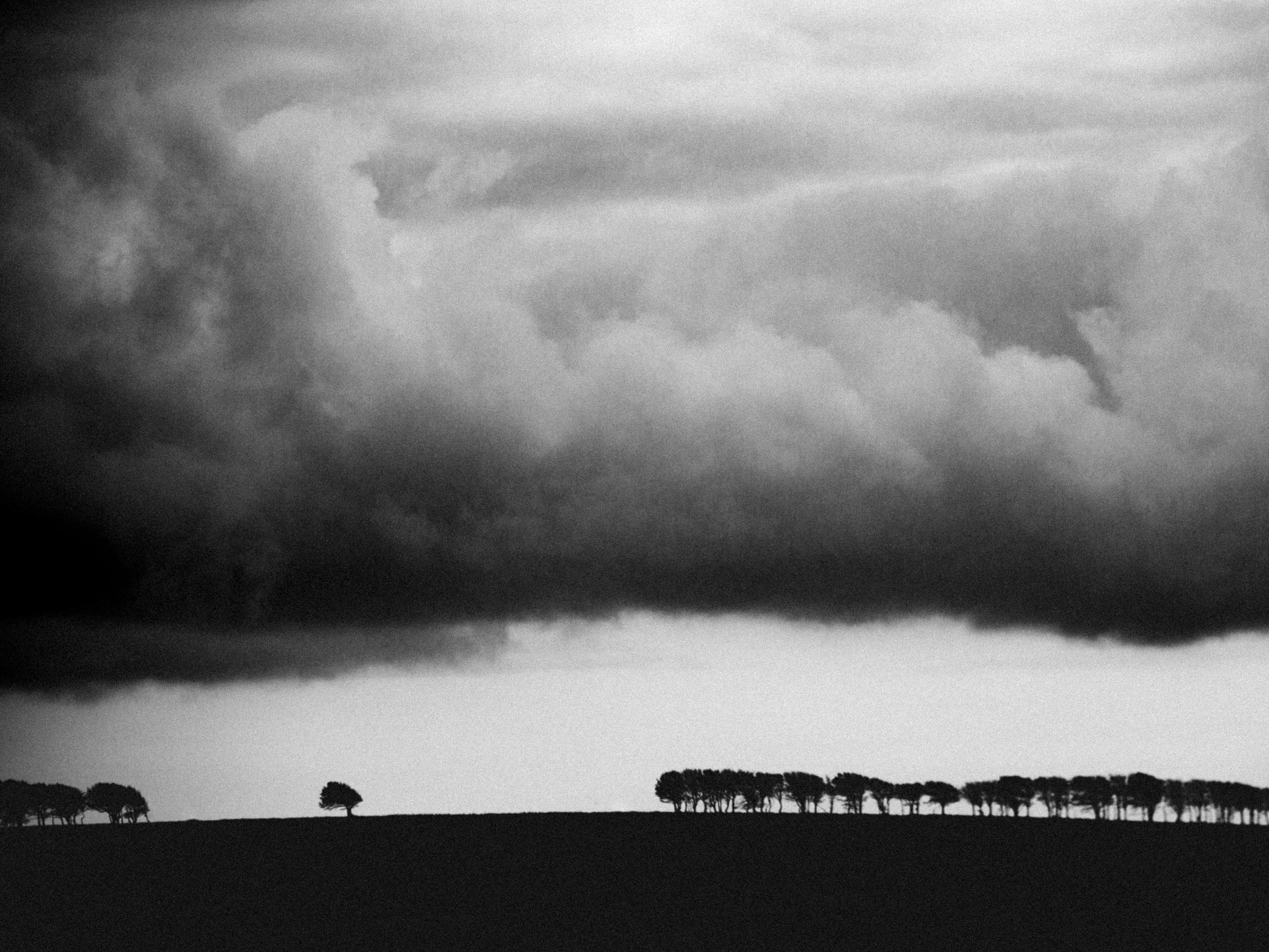Black and white photography: what are the best subjects?
Once you get your eye in, you’ll find endless opportunities for capturing a world without color

Black and white photography allows you to step away from reality to create a mood, express emotion and focus on the elements of a composition in a way that color photography just can’t do. Color is conventional, which means that a black and white image has the potential to draw people in and make them look a bit deeper.
That’s not to say that color isn’t a powerful compositional device in its own right – one that you can use to evoke a mood and highlight a subject or story – it’s just that monochrome enables viewers to step back and consider the themes and relationships between elements in a different way.
You’ll notice that, like many camera manufacturers, I’m using the terms ‘black and white' and ‘monochrome’ interchangeably. In reality, a mono image doesn’t have to be black and white or grey, but let’s keep things simple! The first thing you need to decide when you start taking black-and-white pictures is whether you’re actually going to shoot in black and white or in full color.
The best cameras might offer a few black-and-white options, including a mono ‘automatic scene mode’, which gives you some limited creative choices, such as increasing or decreasing the contrast or adding a toning effect like sepia. It will certainly have a monochrome picture style or film simulation that you can select when you’ve set one of the advanced shooting. Although niche, let's not forget that some cameras also have black and white sensors, like the Leica M10 Monochrom.


While grain is often undesirable in color photography, it can add a gritty, film-like mood to black and white images.
You can increase the ISO in-camera to add noise, but using a low ISO and instead choosing to add grain or noise in software will enable you to adjust the intensity
of the effect.
Any scene that doesn’t rely on color for its success has the potential to make a great subject for a black-and-white treatment. Landscapes are an obvious candidate – look to masters of the art such as Ansel Adams, Sebastião Salgado and Michael Kenna for inspiration. There are many different approaches you can take with scenics – from introspective minimalism and luxurious long exposures, to dark, dense and moody.
Still life is another area where black and white brings a timeless quality, but portraits of animals and people, plant and flower details, night photography, street photography and architecture all make wonderful subjects. You don’t have to travel to an iconic location to take great mono pictures, either – there will be plenty of opportunities around your own home. Why not shoot kitchen cutlery or food in a fine-art style?
Alternatively, why not just go through your back catalog and experiment with black-and-white treatments? It’s a great way to develop your eye for future opportunities.
The best camera deals, reviews, product advice, and unmissable photography news, direct to your inbox!
B&W photography tips. You won’t go wrong if you…
- Shoot RAW files
You’ll get the best of both worlds if you save your pictures as raw files – a black and white preview and a color image that you can convert at your leisure later. Shooting mono JPEGs better captures the experience of shooting black and white film, though. - Look for shape, form and texture
Color can be used as a device to draw the eye in a composition. Without the benefit (or distraction) of color, you’ll need to use contrast, lines, shape, form and texture to add impact. A mirrorless camera can display the image in black and white in its electronic viewfinder, making it easier to compose mono shots. - Shoot on sunny days
Black and white is more forgiving than color when it comes to ‘bad’ light. Seek out bold shadows and don’t be afraid to embrace pure whites and blacks. - Boost contrast
Some subjects look flat in black and white, so use in-camera contrast adjustments and filter effects (if you’re shooting JPEGs) or the color sliders in editing software to boost the contrast between colors when you’re converting to mono on a computer. - Warp reality
Mono images remove the reality of the original scene, so push this further by experimenting with creative treatments, such as very dark or very bright exposures, using a strong ND filter to blur moving objects, or a tilt-shift lens to create just a sliver of sharpness.
If you're keen to up your landscape photography, discover the best cameras for landscape photography. To edit your images and turn them into black and white masterpieces, you'll need the best photo editing software.

Marcus has been passionate about photography for more than 25 years. A former editor of our sister publication Digital Camera magazine, he has written about photography and cameras for a wide range of clients, including Canon and Jessops. Last time we checked, Marcus was using a Canon EOD 5D Mark IV.
- Lauren ScottFreelance contributor/former Managing Editor
